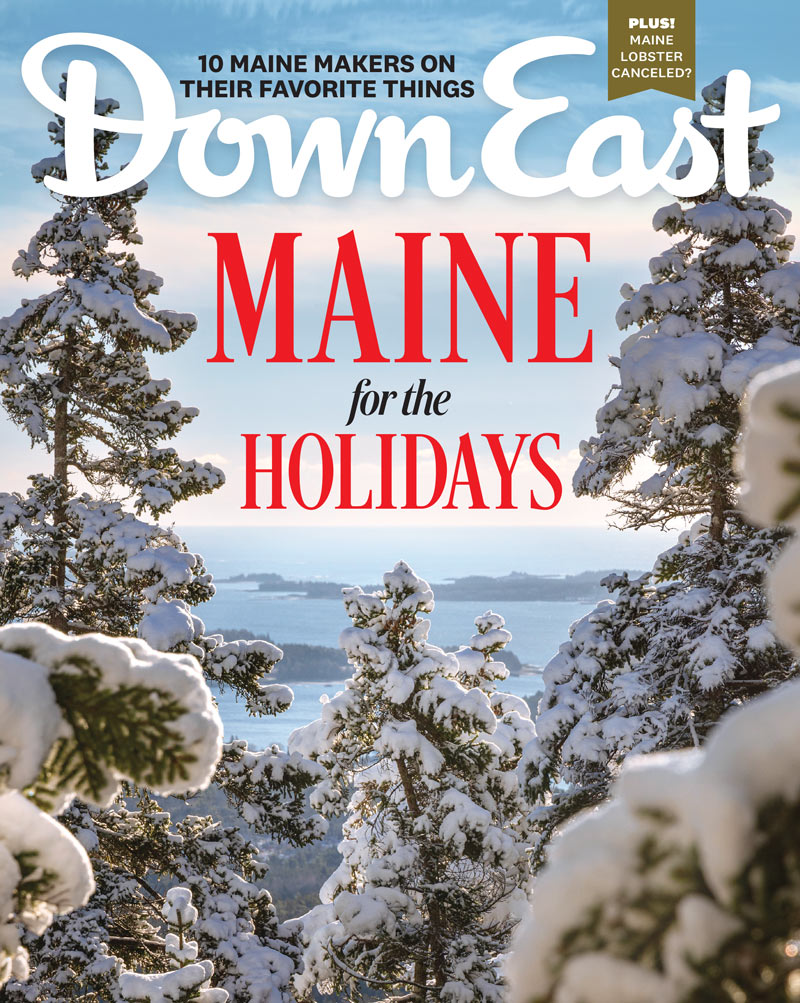By Philip Conkling
Photo by Peter Ralston
From our December 2022 issue
The word “philanthropy” goes back to the ancient Greeks, who coined the term by joining the words philos (love) and anthropos (mankind), to describe the virtue that prompts an individual to contribute to the public good. But no one does philanthropy like Americans. Europeans generally pay more taxes and tend to believe it is the government’s role to invest in community well-being — as well as the duty of royals and aristocrats, hence the term noblesse oblige. But Americans tend to be do-it-ourselves types, which was essential in the early days of the republic, when there was very little government and no noblemen, as such.
American philanthropy began to take hold in the mid-1800s as the American state rapidly expanded westward. When a town needed a school or library or to fund other vital civic improvements, town leaders would typically call on the community’s most prosperous farmer and ask for a lead gift. If there was another large landowner, so much the better, to ask to match the first gift. Then, on to farmers with medium-size farms, then to smaller farms, until the community had pooled enough money and materials to raise high the roof beams.
This fundraising strategy is essentially the same way community groups still raise money today. And in part because Maine has long attracted some of the country’s most prosperous families, it has long been a locus for philanthropy. John D. Rockefeller Jr., recalling the biblical injunction “To whom much is given, from him much is required,” stepped back from business and devoted the rest of his life to giving away much of his fortune, including on Mount Desert Island, where he helped found and shape Acadia National Park. Initially, some groups were reluctant to accept money from Rockefeller, saying the funds were tainted. I’ve heard it said that, when told about this, Rockefeller replied, “The only taint in this money is when it taint enough.”
There are one and a half million nonprofit organizations in the U.S., and more than 1,000 of them are here in Maine. I’ve had four decades of experience raising millions of dollars for scores of different organizations, and my observation of how people decide which causes to support can be summed up in a short sentence: people give to people. As much as organizations might play vitally important roles in their communities, people ultimately support them because of the quality, dedication, and inspiration of the leaders who make those organizations work. It is the example of people, our Maine neighbors, who work and volunteer and vouch for the worth and value of those organizations, that inspires others to support those efforts.
Most of us are uncomfortable asking others to donate money, but successful nonprofit leaders overcome this embarrassment because they so strongly believe in what they are doing. These passionate folks are the people other people give to.
During this season of year-end giving, when you contribute to some cause you strongly believe in, you not only support a specific nonprofit, you also become a part of one of our country’s greatest traditions. Although there are very few Rockefellers, there are hundreds of thousands of Mainers who keep our organizations alive and well, enriching our communities with their energy and support. Because we are a large state with a small population, we ring the bell at street corners and pitch in to amplify the hard work of building community. We are the people who give to people.




